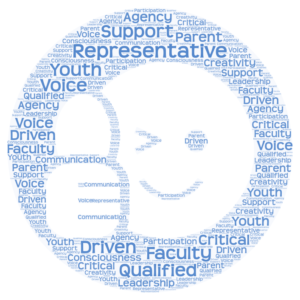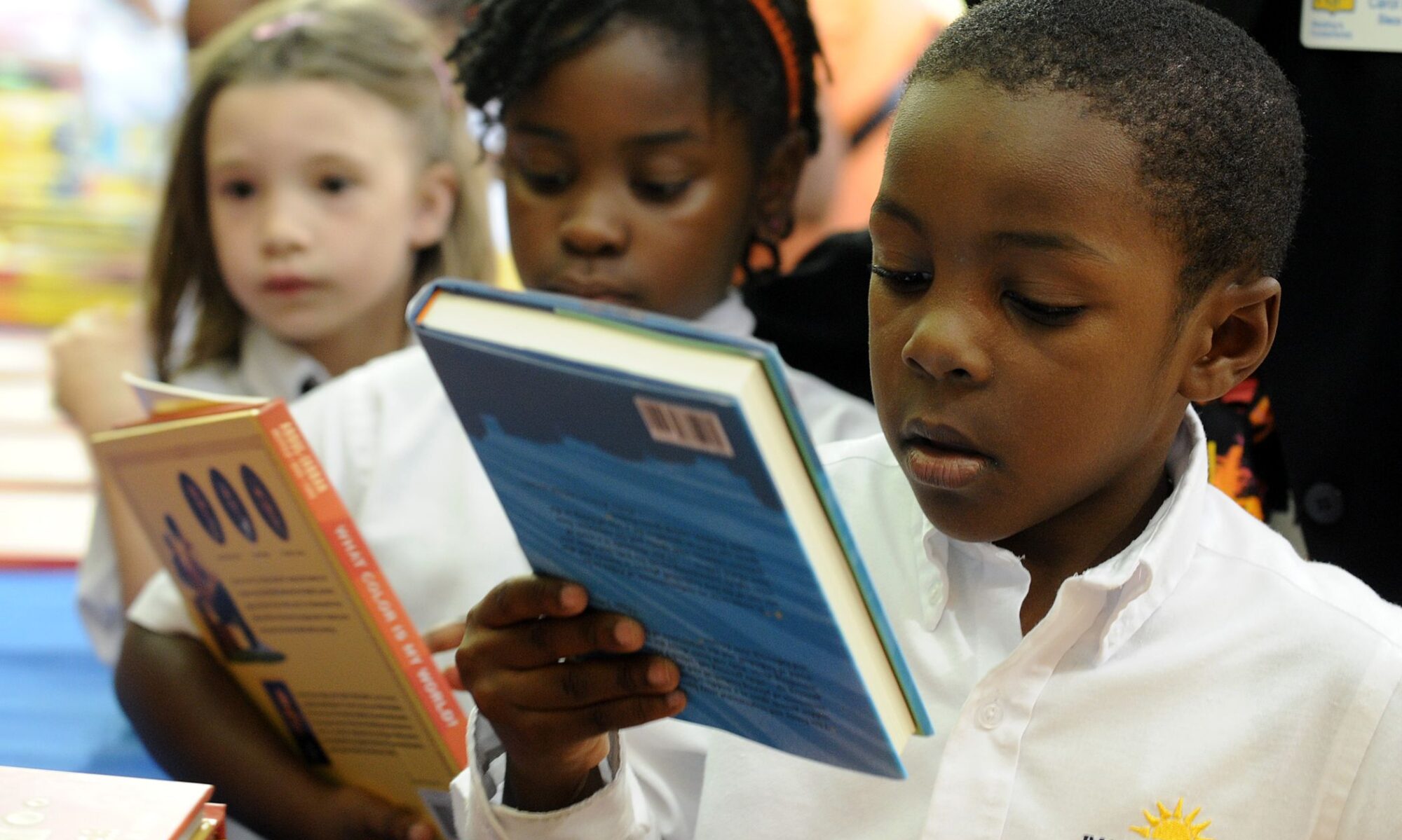Recommendations
Table of Contents
Representative Staff and Faculty Support
Youth Voice
Parent Participation
Future Considerations
Additional Recommended Resources
Steps for Action: Recommendations for How to Build a Culturally Constructive Education for Youth

Our survey findings and literature review convey that culturally responsive practices are the top priority for the functioning of quality, effective after-school programming. To build spaces for culturally affirmative learning at the Boys and Girls Club of Hartford, our team has analyzed features of robust out-of-school time programs to organize a list of core recommendations that help make the benefits of culturally constructive education possible for a diverse group of youth, especially for minority children in urban settings.
Recommendations

-
Representative Staff and Faculty Support
- Maintaining a representative set of program leaders who can facilitate and lead culturally responsive activities
-Leaders who reflect the ethnicity, race, sexual orientation, or other components of program member identities, experiences, and backgrounds
Example: Black male teachers teaching Black boys
- Maintaining a staff of highly qualified professionals who are trained to speak on culture and community issues
-Staff who are trained to navigate complex conversations within culturally constructive curriculums, and work consistently with diverse groups of youth
- Maintaining a staff who are driven by culturally responsive learning projects
-Not only a body of staff who are willing to carry out exercises, but a staff committed to teaching diversity, equity, and inclusion to youth
Outcomes:
- Robust relationships building between youth and staff
- Youth feel comfortable to offer ideas, comments, and opinions in collaborative group workshops
- Youth receive accurate information and resources surrounding culture and community issues

2. Youth Voice
- Maintaining agency for youth within the learning environment
-Protecting the learning environment as a guaranteed safe space for youth to share experiences and thoughts
- Maintaining the learning environment as a space for youth to explore their critical consciousness
-Protecting the learning environment as a place where youth can share about historical and modern social issues
Example: Allowing youth a safe space to learn about gentrification at the community level
- Maintaining opportunities for youth leadership in culturally responsive activities
-Including youth feedback in planning culturally responsive activities, and encouraging youth to engage in decision-making processes
- Maintaining opportunities for youth creativity in culturally responsive activities
-Encouraging youth to use their imagination to make meaning of events, ideas, and their self-identity through positive outlets such as art
Outcomes:
- Youth feel a sense of belonging
- Youth feel welcomed to share about the inequalities they face in shared communities
- Youth are present and excited to engage in culturally constructive education
- Youth are made available empowering spaces to engage in culturally affirmative education
- Youth feel invited to express themselves and trust in others

3. Parent Participation
- Maintaining communication between program providers and parents
-Ensuring that parents are aware of the concepts students are taught in their culturally constructive education
- Providing opportunities for youth to engage in culturally responsive activities with care providers and trusted adults
-Creating outlets for parents to recognize and support youth progress as they gain a culturally constructive education
Outcomes:
- Youth feel inspired to apply culturally responsive mindsets and positive social behaviors to their lives outside of organized, supervised learning spaces
- Youth feel validated in their experiences with culturally constructive education
Future Considerations
-
- Outcomes of culturally responsiveness recommendations build upon each other
-After-school program providers should consider using multiple recommendations as positive activity outcomes mutually influence each other.
-
- The outcomes from each recommendation are limitless
-While these recommendations outlines potential positive outcomes for implementing our suggestions, each recommendation may offer additional unintended benefits.
-
- Recommendations can be modified to meet the specific needs and capacities of the BGCH.
-The BGCH is encouraged to adapt these recommendations as they see fit.
For more information on how recommendations can be applied, visit our activity library
Additional recommended resources:
